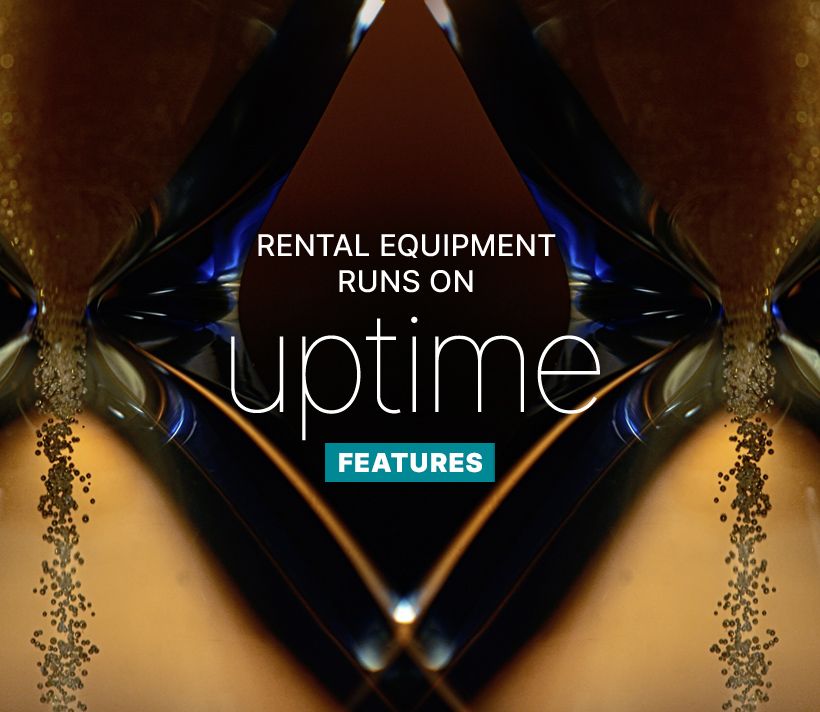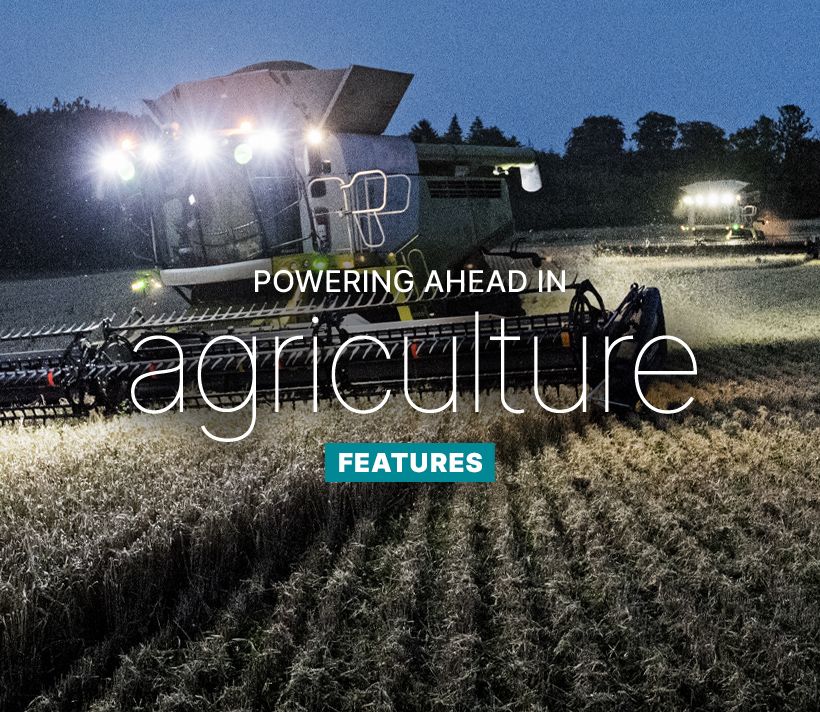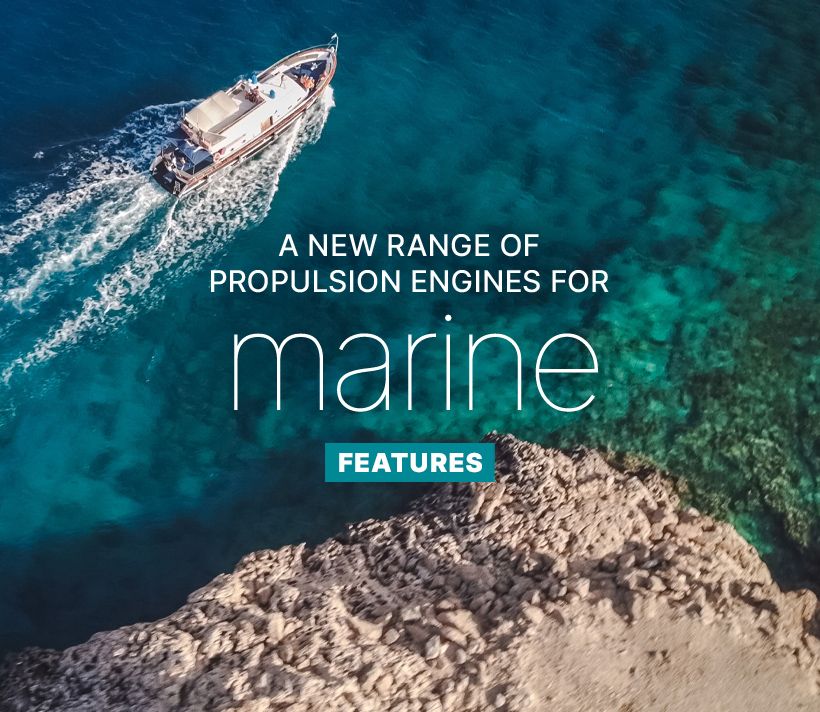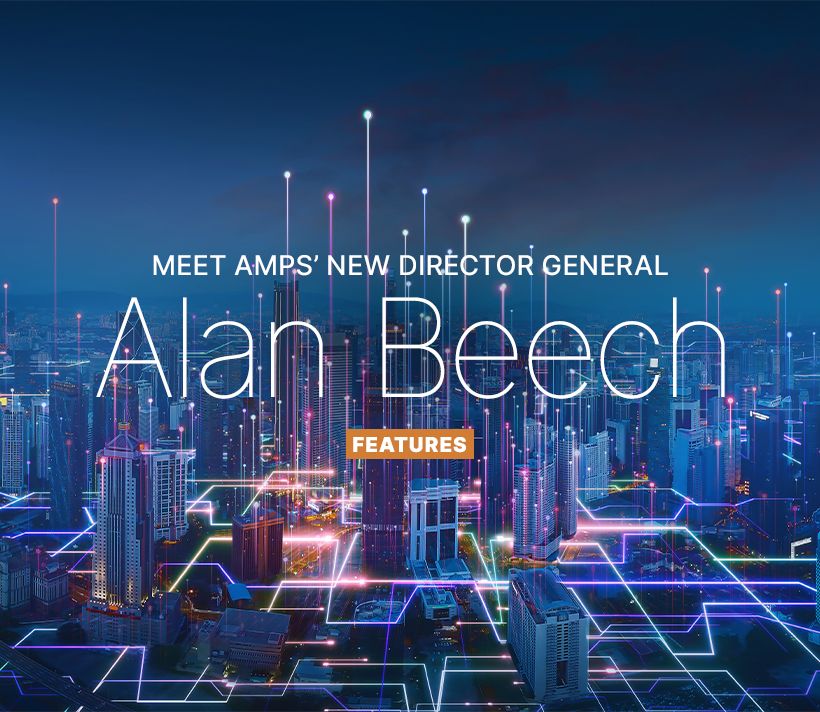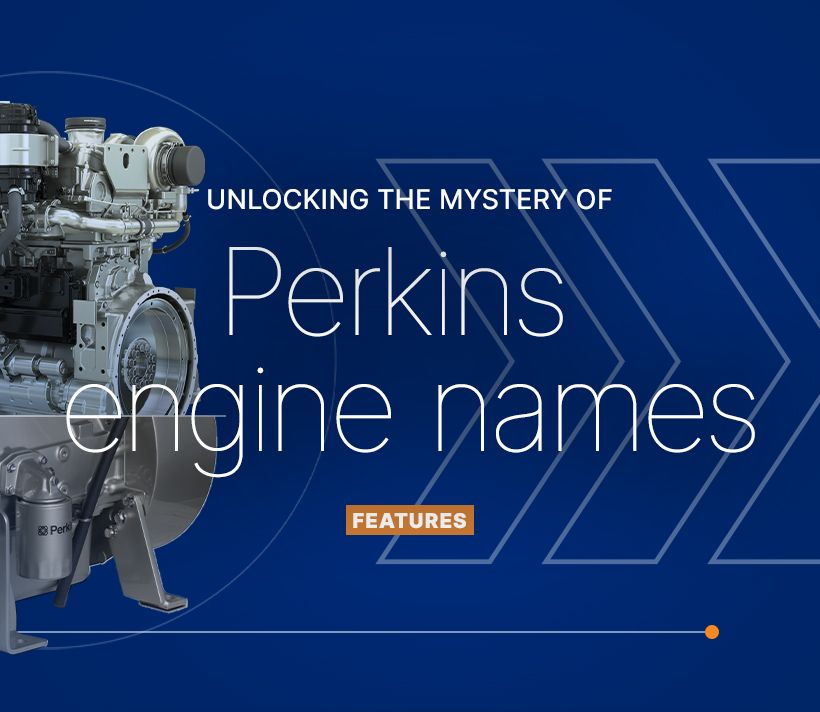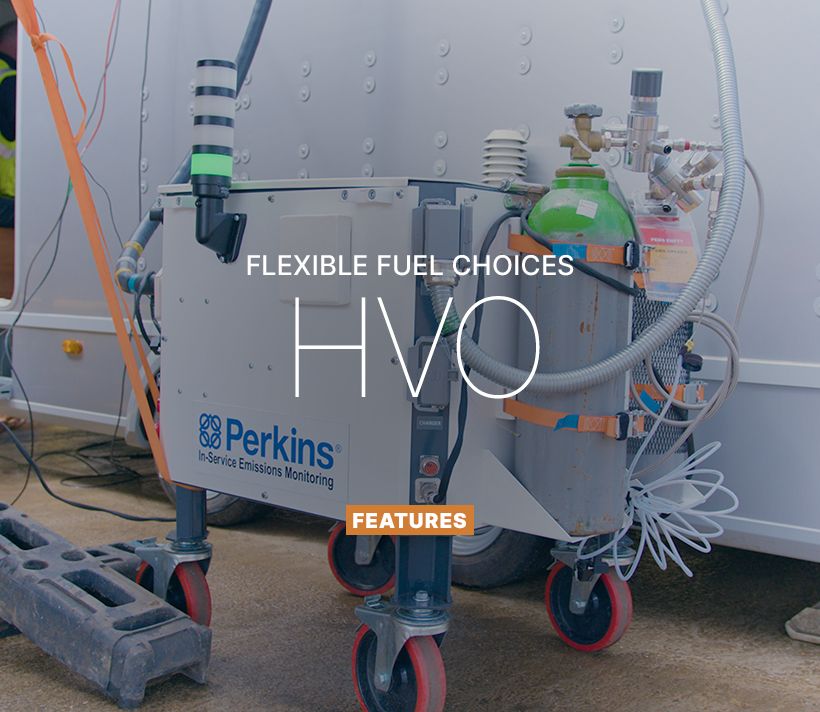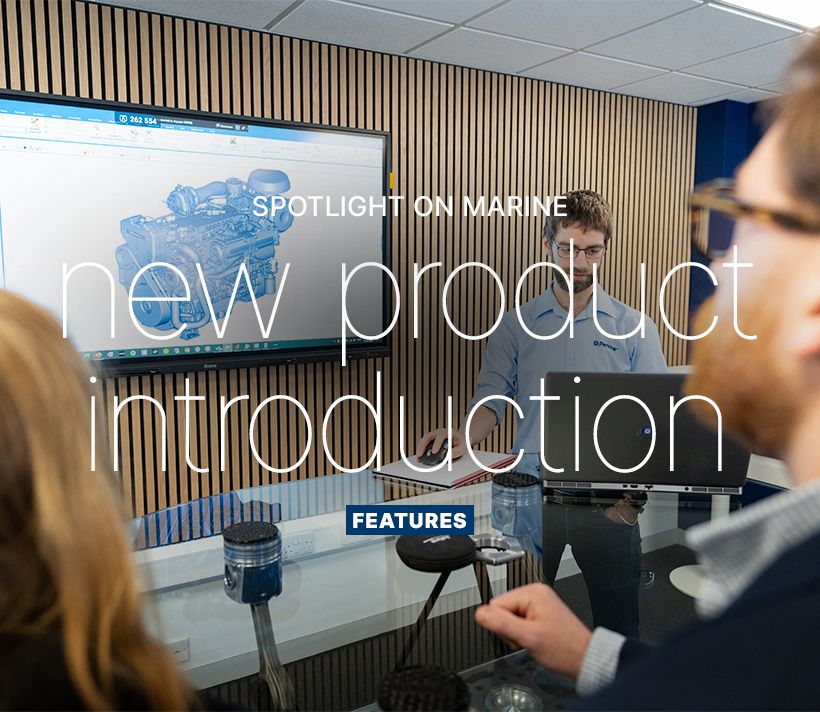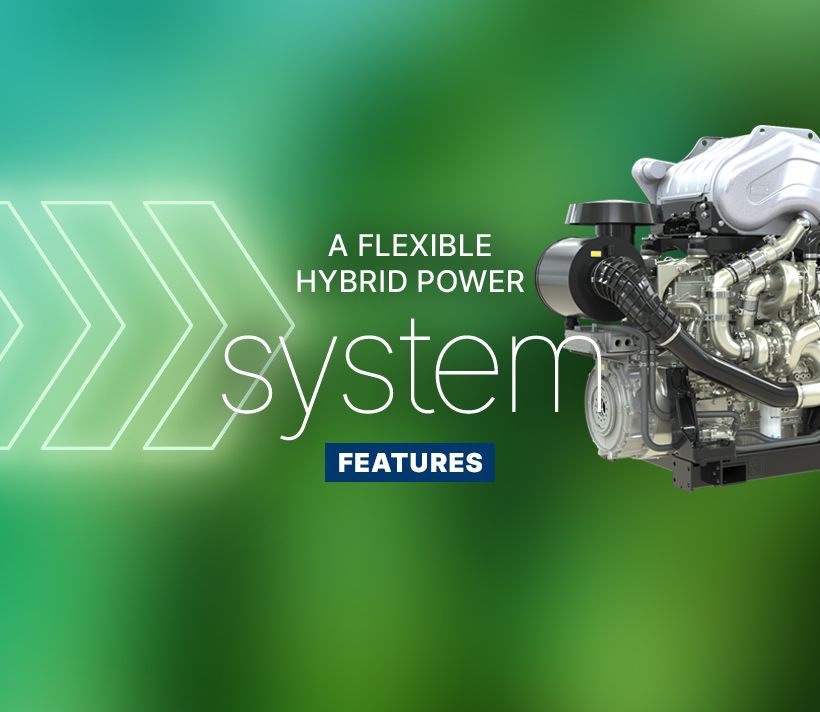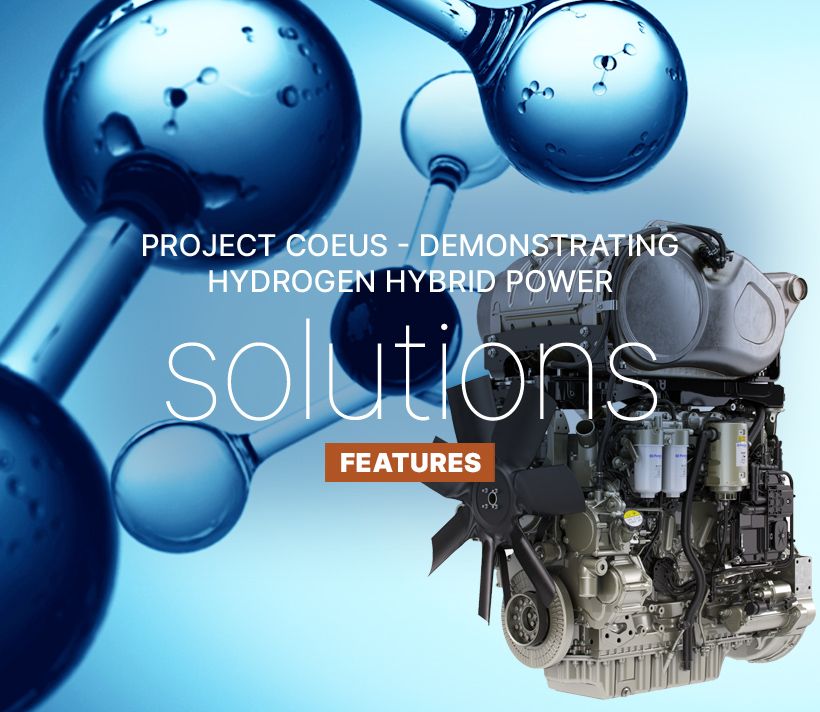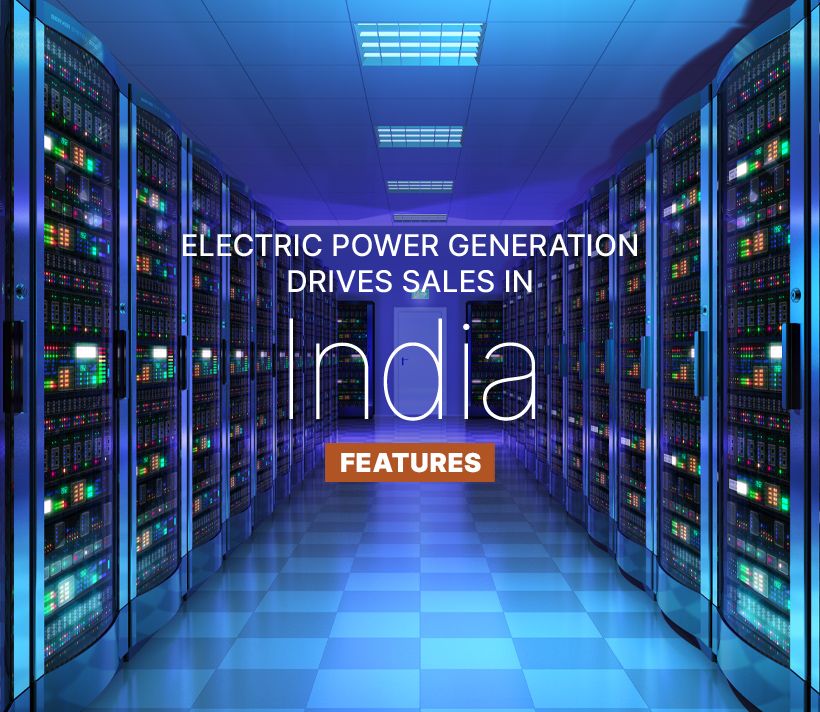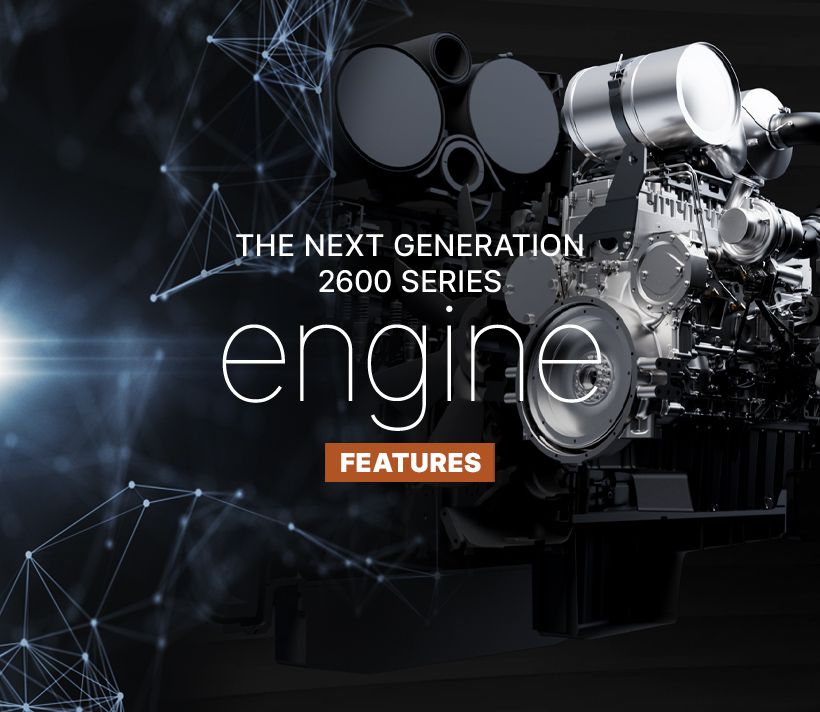The new Perkins® E44, an electronic 4.4 litre, 4-cylinder engine and the evolved E70B offer a broad range of power ratings and factory configurable power solutions to meet vessel and operator auxiliary power needs.
“Our customers require more, and we are here to meet their expectations,” comments Ben Lewis, sales support manager at Perkins marine engines. The electronic engines are highly engineered and durable as Perkins understands that high engine uptime is a priority. “Customers in need of auxiliary power with a high-power density without compromising fuel efficiency or additional noise, need to look no further.”
New to the auxiliary range is the E44, an electronic 4.4 litre, 4-cylinder engine. Just as you have come to expect from all Perkins engines, it offers a 500-hour interval service, low maintenance features, and high-power density. A self-priming common rail fuel system, no zinc anodes, automatic valve adjustment and self-tensioning belts. These features all add up to exception uptime.
The larger more powerful E70B is an evolution of the E70-TAG with the same prevailing features of a Perkins engine; high power density, excellent fuel economy with fewer maintenance touchpoints for exception uptime.
The E70B is an advancement based on customer feedback. Specific features have been incorporated for the OEM market and third party generator set packagers. In particular, the low-pressure fuel system and electrical systems are now engine mounted and there is no engine base – this simplifies the packaging requirements and reduces the space required for the engine.
The product development team have put the customer first with the E70B, as we understand that repower is an important part of their business. Repower has been taken into consideration and the E70B comes with an optional single circuit keel cooling system. This engine is destined for inland waterways, tugs, governmental, fishing and ferry services boats - working boats. The E70B’s new variable speed option is intended for variable speed generator set applications and running of variable speed auxiliary deck equipment.
Targeting end users including generator set packagers and hybrid propulsion packers in the workboat, inland waterways, tug, and large yacht/superyacht sector, customers can choose from multiple cooling options, depending on the application, repower and ease of integration. All engines are designed and assembled in the UK using the highest quality parts, offering our customers a competitively priced engine and spare parts.
With space onboard at a premium, the engines are compact in their design and simple to install with easy plug and play features for a complete turnkey solution. They also offer easy access to service points and factory configuration is available. The open order board for the new E44 and E70B is at the end of quarter 4, 2023.
E44 ratings
71 bkW (95 bhp) to 108 bkW (145 bhp) at 1500 rpm
71 bkW (95 bhp) to 129 bkW (173 bhp) at 1800 rpm
E70B ratings
109 bkW (146 bhp) to 163 bkW (218 bhp) at 1500 rpm fixed speed
128 bkW (171 bhp) to 216 bkW (289 bhp) at 1800 rpm fixed speed
129 bkW (173 bhp) to 186 bkW (249 bhp) at 2400 rpm variable speed
The E70B meets IMO II, U.S. EPA T3 and EU V emissions standards on ratings below 130 bkW, whilst the E44 meets U.S. EPA T3 and EU V – falling below the minimum requirement for IMO certification. Both platforms are available with full MCS approval on request.
“There was only one way to unveil the E44, a highly anticipated new engine to our marine customers and that was at the world’s largest exhibition of marine equipment – the Marine Equipment Trade Show METS) in Amsterdam!” comments Benita Liepina, sales support specialist for Perkins marine engines.
“We were delighted with the reaction from customers who were keen to see and learn more about our offering. We look forward to seeing the first of these engines delivered in Q1 of 2024 and learning more about how customers of Perkins are using them.”
Perkins’ collaboration with Trackunit, delivering real-time insights to customers, increasing productivity in the field.
Read moreFor industrial equipment rental, excellent technical support and parts availability is a necessity.
Read moreTo mark Agritechnica's 'Celebrate Farming Day', Powernews spoke to Andy Curtis, Customer Solutions Director at Perkins.
Read moreClever configuration options fulfil the current and future requirements of the industry.
Read moreWho keeps the lights on when the grid can’t? The power generation sector, of course. In the UK, its interests are represented by The Association of Manufacturers and suppliers of Power generating Systems (AMPS) – whose new director general, Alan Beech, came into post earlier this year.
Learn MoreHave you ever looked at the name of a Perkins engine and wondered what all those numbers and letters actually mean? If so, you’re certainly not alone. But rest assured the nomenclature is anything but random.
Read moreOne alternative fuel option we’ve researched heavily and have accommodated in our diesel engines for more than a decade is hydrotreated vegetable oil (HVO) – which must meet the EN 5940 standard – with the Perkins® 400 to 5000 Series able to use up to 100% HVO.
Read moreIn part two of our spotlight on marine we talk with Ben Lewis commercial manager, Dave Wood, application and tech support team lead and Stuart Phillipson, marine application and tech support to find out more about what’s in development for the marine range.
Read moreWhy stick to one fuel, when you can have a configurable power system?
Read moreMore than just a curiosity, they offer us different routes to future food security.
Read morePerkins kicks off Project Coeus to demonstrate leading-edge hydrogen hybrid power solutions.
Read moreDependable electric power generation drives sales of Perkins® 4000 Series in India.
Read morePerkins launches the next generation 2600 Series engine.
Read more
